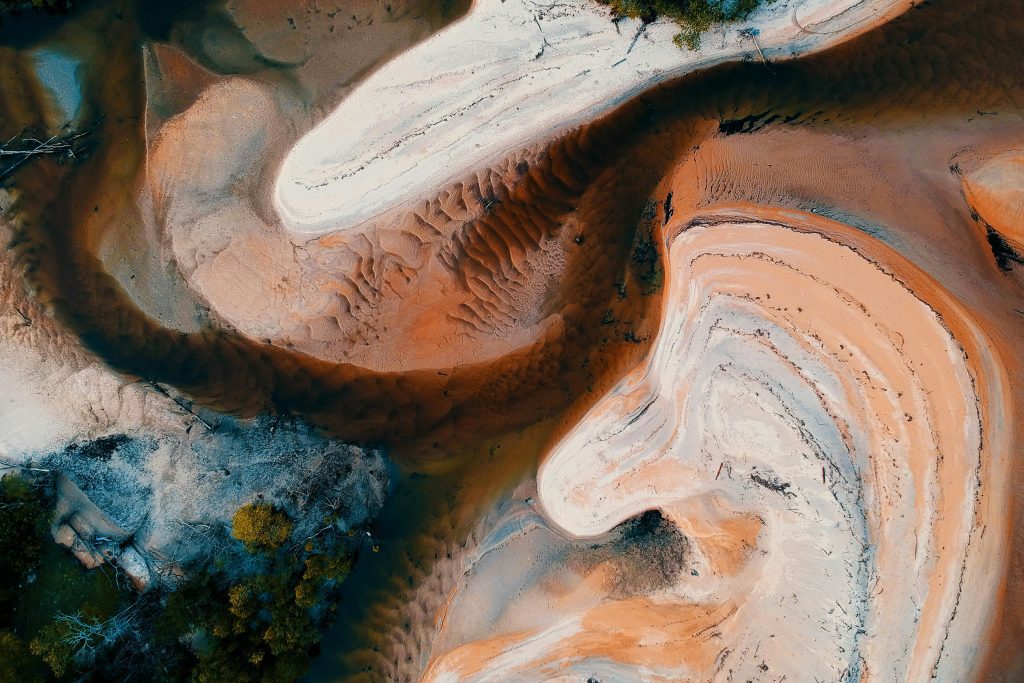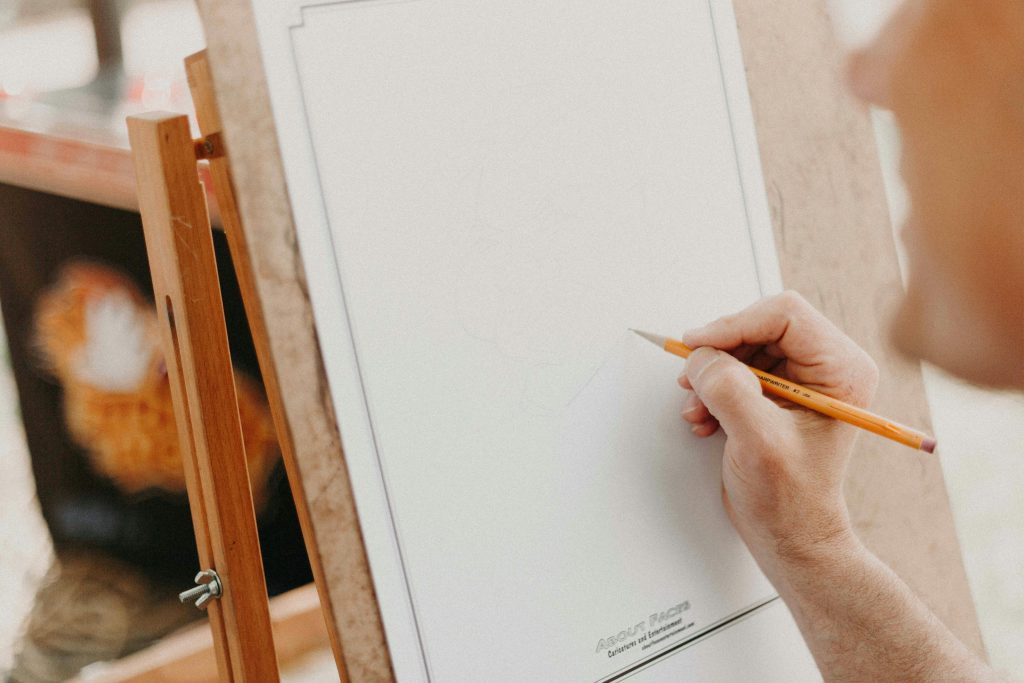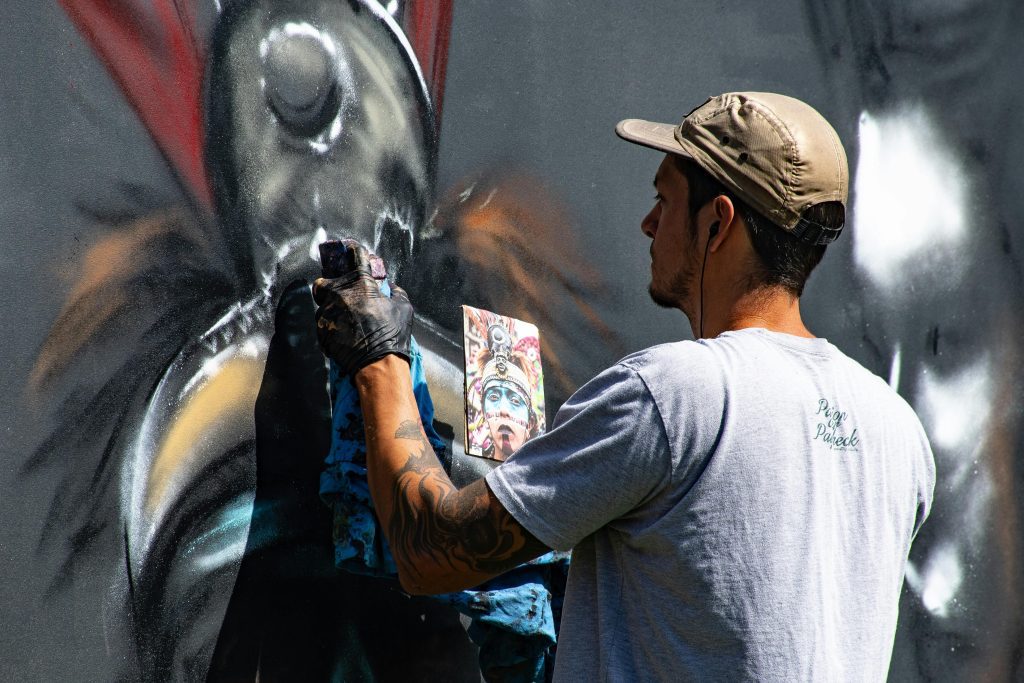How Portfolios Attract Art Galleries

When you think about gallery representation, it often feels like a far-off dream: openings, collectors, exhibitions, but how do you get there? The secret is a portfolio that functions as more than images, it’s your ambassador, your visual resume, and your invitation. Artists across the community share that representation often hinges on what they present before they walk into a gallery. A truly thoughtful portfolio signals clarity, reliability, and readiness. It shows you can think beyond creating work, you can present it professionally and strategically.
This article translates first-hand artist experiences into practical guidance on building a portfolio that helps galleries see your work. These reflections come from real stories of artists who landed gallery partners by combining strong visual presentation with smart networking and follow-through.
1. Your Portfolio Is Your First Introduction
Your portfolio is how a gallery meets you before knowing your name. Artists emphasize that a polished presentation is what separates interest from dismissal. It’s not enough to create good work, you have to package it with intention.
Rather than sending bulky files, creatives suggest sending just a curated selection of your strongest pieces, ones that show your direction and voice. Galleries must sift through many applicants, and a cohesive set helps them connect quickly.
If your work includes multiple styles or media, create separate versions of your portfolio. One painter’s series here, another installation project there. This shows clarity, not confusion.
Adult artists advise naming files clearly (“YourName_Title_Year.jpg”) and structuring PDFs with attention to flow. A portfolio that feels like a mini‑exhibition invites galleries into your world.
It isn’t about impressing with verbosity but conveying vision, few images, strong narrative, inviting curiosity.
This first impression matters more than most realize.
2. Consistency Builds Trust and Identity
Artists often explain that galleries look for consistent bodies of work, not just experiments. A portfolio should show evolving focus, not scattered randomness. Another aesthetic entirely in the same portfolio raises questions of future direction.
That doesn’t forbid experimentation. Instead, group experiments into clearly labelled series. This way, you show range and coherence. Galleries value artists who show purpose across their practice.
One emerging artist explained that shifting styles confused gallery decision‑makers. Once they refined to a clear visual identity, engagement increased. The lesson: consistency equals credibility.
Your series could revolve around a palette, a concept, a theme, or a material. When the portfolio feels coherent, galleries sense you have a practice, not just projects.
Presence and personality matter as much as polish. It’s about being recognizable across works.
3. High‑Quality Documentation Speaks Volumes
Artists repeatedly stress that blurry or poorly lit images kill momentum. Galleries make decisions solely on visual clarity. Even a strong work can feel flat if documentation falters.
Clean backgrounds, consistent lighting, multiple angles for sculptures or installations, these details matter. One artist shared that careful photo edits made their work feel present even in a PDF, prompting calls straight away.
For performance or video-based work, include video clips or still frames. Even if informal, documentation should capture scale and immersion.
If you can’t hire a pro, learn basic documentation: natural lighting, tripod where possible, high resolution, gentle edits. Show professionalism through presentation.

4. Write Artist Statements That Humanize Your Work
Your portfolio isn’t just visual. Artists who’ve succeeded note that concise, authentic statements help galleries connect emotionally. Skip the jargon, speak candidly about process, inspiration, and intent.
One artist described writing like talking to a friend, not sounding academic. That tone invited galleries to linger rather than skim. Even basic CV info, education, exhibitions, relevant residencies, gives context to your visuals.
Regularly updating your statement and CV is key. These elements evolve with your art, and staying current signals growth and seriousness.
Voice matters: if your work is playful, your words can be too. If it’s concept-heavy, keep language clear. The match between tone and visuals creates alignment.
When galleries open your portfolio, they’re reading your visuals and your narrative. A strong pair convinces them there’s an artist worth representing.
5. Galleries Recognize Presence
Even the best portfolio doesn’t exist in a vacuum. Artists emphasize the importance of community visibility. Attending openings, group shows, or art fairs builds context around your portfolio.
One collector‑centered story shared how a gallery manager noticed the artist first in an art fair booth and later invited them in. Presence gave life to their portfolio.
Galleries often ask resident artists for recommendations. Befriending artists they show can lead to representation introductions. That ripple effect works when your presentation backs it up.
Social media, online portfolios, and occasional behind‑the‑scenes posts help reinforce that you’re active and evolving. Galleries look at those signals to judge your momentum.
A portfolio with presence behind it feels grounded, not hypothetical.
6. Research and Reach Out Respectfully
Artists consistently recommend targeting galleries thoughtfully. Research each gallery’s aesthetic; tailor your portfolio to what they show. Blanket outreach rarely wins.
One artist shared success by befriending represented artists first, attending events, then politely expressing interest. Gallerists looked at their work because relationship preceded submission.
Never demand opportunities. Instead, inquire: “I’d love to work together if there’s ever an opportunity” paired with a focused portfolio, key phrases that show respect.
If a gallery states it doesn’t accept unsolicited applications, wait or circle through community channels. Patience paired with readiness often wins.
Approach isn’t cold emailing, it’s contextual outreach built on genuine alignment and research.
7. Use Feedback and Data to Sharpen Your Portfolio
A portfolio should evolve, not stagnate. Artists often recount using submission responses, or silence, to iterate. What layouts resonated? Which images felt confusing? Tracking that informs your future versions.
Treat your portfolio like a creative project: test, refine, reflect. Swap visuals, rephrase statements, adjust sequence. Each iteration strengthens messaging.
Some artists track metrics, responses, meeting invites, critiques, and use trends to refine focus. Over time, you can sense which themes or images get traction.
Feedback might be subtle, a reply asking for more, a polite decline noting mismatch. Use that to reflect.
Your portfolio should mature as your work does. Reflection and adjustment help ensure it stays aligned with galleries ready to notice.
8. Sales History Makes Your Portfolio More Trustworthy
Having a few sales under your belt, even small, local ones, can give galleries a reason to take your portfolio more seriously. Many artists report that collectors purchasing work independently shows them that the market already values what you’re doing. Galleries see that, and they think, “This person isn’t just hopeful… they’re already building real interest.” That kind of foundation adds weight to your portfolio.
Including documentation of past exhibitions, fair participation, or commissioned work, even informal or self‑organized, adds legitimacy. Listings in your CV or bio of artist‑run shows, local pop‑ups, or online sales channels reinforce that you’re serious and proactive. Galleries feel safer representing someone who has already shown initiative.
For emerging artists, even a modest commission or sale from a local art fair speaks volumes. It signals that you’re learning how to navigate transactions, deliver quality, and relate to collectors. Galleries are more interested when you’re already building relationships and talking business, even at a small scale.
Many artists share that galleries responded more positively once they could point to prior interest in their portfolio. “Once I showed my little Etsy shop sales or fair booth engagement, the conversation changed,” one creator mentions. Your portfolio then feels like part of a lived practice, not just a digital dream.
Your portfolio should reflect this energy. Perhaps a note in the CV: “3 works sold via local art fair, 2024,” or listing a small solo pop-up exhibition. It doesn’t need to be mega sales, it just needs to exist. The message is that your work has found real connections already.

9. Gallery Representation Isn’t Instant
One of the most consistent stories artists share is that representation often comes only after years of steady effort. Portfolios evolve. Community presence grows. Networking deepens. Artists say that the portfolio you start with may not book representation, but the version you refine five submission cycles later might. Persistence matters more than perfection.
Artists describe portfolio-building as a marathon, not a sprint. You might refine your image selection, improve documentation, clarify your statement, only to send again a few months later. Each iteration brings sharper focus. Galleries notice that consistency and refinement over time.
Small wins, an invited studio visit, a critique session, a show placement at a friend’s gallery, serve as signs of forward momentum. Artists say those moments are like fuel; each time someone notices your work, you refine your presentation further until galleries begin noticing too.
Many creatives report that follow-ups, when done politely, helped their portfolio land in the right hands. Checking in with a brief update or new series upload can remind curators that your practice is active and improving.
Some artists emphasized that rejection isn’t final, it’s directional. One shared that a polite decline came with a suggestion: “Try again when your portfolio focuses more on that single project.” They did. And six months later they were invited. That’s how portfolios evolve into representation tools.
So lean into continuity. Update your portfolio, submit again thoughtfully, track your process. Persistence doesn’t mean being spammy, it means being deliberate and growing realistic confidence. In the art world, staying in the game often becomes the reason a gallery finally says yes.
10. Your Portfolio Signals Business Readiness
Artists routinely say that galleries look for artists who treat their work with administrative care. That means a portfolio accompanied by simple sales info: title, year, medium, dimensions—and even price suggestions. Galleries appreciate when that is already organized because it shows you can collaborate smoothly on catalogues or exhibitions.
Including pricing doesn’t demand pricing everything, but it shows you understand how galleries operate. Even emerging artists find it helpful to list prices for at least a few works. Galleries see that as a signal that you’re thinking beyond creating, you’re thinking partnership.
Clear image files and structured layout are equally important. Artists stress that PDFs with logical flow, clean labeling, and separate sections (images, statement, bio, CV) make a strong impression. It shows you’ve considered how the portfolio will be consumed.
Business clarity extends to being able to answer basic questions: reproducible editions, shipping logistics, or production lead time if the gallery asks. Many artists share that when these details are pre‑prepared, meetings feel easier and portfolios feel more credible.
Portfolios inclusive of small notes like “Available in edition of 3” or “Signed and dated” reflect preparedness. Galleries value that forethought. It shows you’re serious about commerce and collaboration, not just exposure.
Representation is ultimately a working relationship. If your portfolio shows you understand the professional expectations around exhibitions, sales, and documentation, galleries are far more likely to invite you in as a partner, not just a hopeful applicant.
